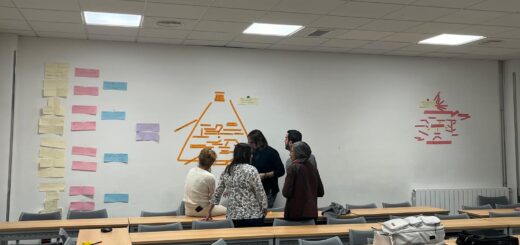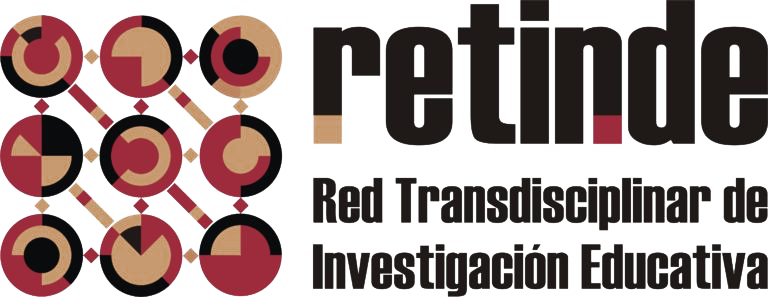The pandemic and young people’s e-exclusion: Do digital competences matter?

Children, young people and adults must deal with all kinds of digital information on a daily basis, decoding different languages and messages in the media environment in which they operate. But do they all have the right tools, skills, knowledge and competences to handle these things?
The stark reality revealed by the pandemic has increased awareness of excluded groups who, due to their economic, social and cultural circumstances, do not have access to material and cultural/educational resources and so are easy targets for manipulation and misinformation.

A study¹ that we carried out between 2016 and 2019 made it clear that the digital competence of boys and girls aged between 11 and 13 is influenced by their families’ cultural and social capital. This finding contradicts the usual generalizations about young people’s digital skills, which, to a great extent, tend to ignore young people’s social, economic, political and technical starting points. We found that families that occupy more advantageous positions in the social space have more technological mastery and, therefore, a greater capacity to guide their children through processes of assimilating technologies. Those from less affluent backgrounds, however, face limitations. When they are in school, children engage in information seeking, but they do not learn how to find it more efficiently, select it, analyse it critically, and so on. What they learn outside of school (through video games or their relationships on social media) is not used in the school environment.
This shows that schools frequently turn their backs on what students do outside of the classroom and do not know under what conditions their technological practices develop. Accordingly, it seems that no help is given in compensating for the inequalities that students face in their technology use (Gewerc y Martínez-Piñeiro, 2019). This issue was crudely revealed during lockdowns.
As part of our previous study, an instrument for assessing digital competence (ECODIES) was designed and applied in the communities of Castilla y León, Madrid and Galicia. The results revealed significant differences between the students from the different schools in which the study was carried out, which were located in both rural and urban environments. The instrument, based on the DIGCOMP model, evaluated the five competence areas that the digital domain comprises: information, communication, content creation, safety and problem solving (Casillas-Martín, Cabezas-González & García-Valcárcel, 2020).
The data obtained show that boys and girls in the final stage of primary school have a medium-to-low level of digital knowledge and skills, although they are quite advanced in terms of attitudes.
Children’s use of the devices is focused, above all, on communicating with their peers, chatting online with friends and sharing videos and photos through social networks.
One of the main problems detected has to do with a lack of security. For example, young people are not aware that information published on the Internet is no longer under their control, and they do not know what kinds of posts endanger their privacy. Therefore, particular safe behaviours need to be reinforced by educators.
As we already know, using digital technologies for communication is highly motivating for minors, especially in the pandemic period, in which face-to-face interpersonal relationships have become scarcer. However, improper use of these tools can be not only unsatisfactory but even harmful for children.
In this context, it is necessary to deliver training and awareness activities aimed at promoting digital literacy and Internet safety in all schools. All children should have the right to an education that encompasses the complexity of the digital world.
For much of the world, the COVID-19 pandemic halted routines in their tracks, and it has highlighted the structural deficiencies that already existed in all areas, including education. It is necessary to pause for a moment and learn from this, in order to seriously and calmly design an educational policy for technological immersion and for teacher and student training that allows us to be prepared for the future.
Perhaps this is a time for all of us to imagine another model for schools.
References:
Casillas-Martín, S., Cabezas-González, M., & García-Valcárcel, A. (2020). Análisis psicométrico de una prueba para evaluar la competencia digital de estudiantes de Educación Obligatoria. RELIEVE, 26(2), art. 2. http://doi.org/10.7203/relieve.26.2.17611
Gewerc. A. y Martínez-Piñeiro, E. (coords.) (2019). Competencia digital y preadolescencia. Los desafíos de la e-inclusión. Barcelona: Síntesis
Instituto Nacional de Estadística (2018). https://tinyurl.com/y8hw5d9x

Authors:
Adriana Gewerc y Esther Martínez-Piñeiro
Grupo de Investigación Stellae, Universidade de Santiago de Compostela
Ana García-Varcarcel
Grupo de Investigación de Excelencia GITE, de la Universidad de Salamanca
¹“Digital competence among compulsory education students: social
and family environments, appropriation processes and e-inclusion proposals” (CDEPI), financed by the Ministry of Economy and Competitiveness, in the national plan for research and challenges R+D+i of the Spanish State Research Agency with code EDU2015-
67975-C3-1-P.






